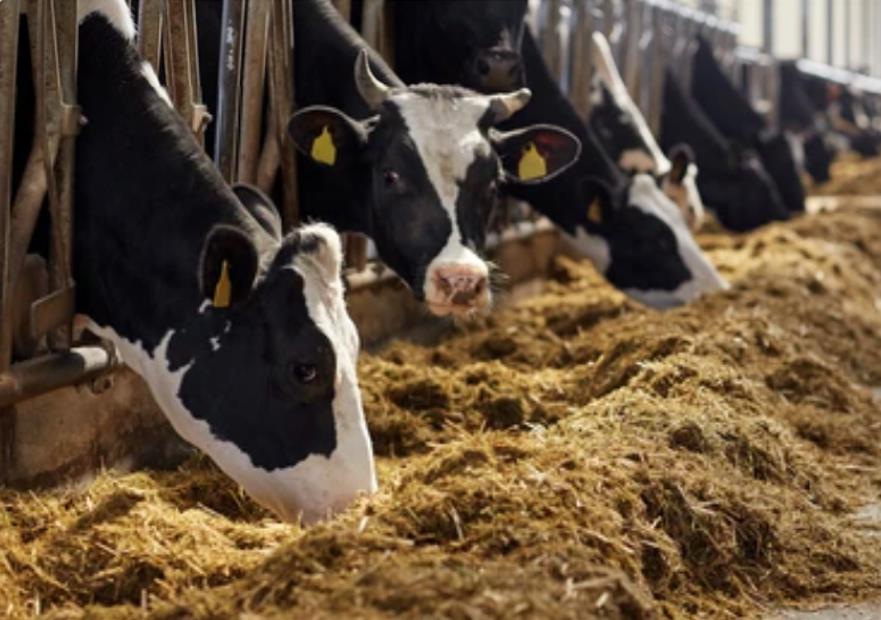There is a great need to determine urea in milk. Lifeasible offers several methods to help detect urea in milk.
Urea is naturally present in milk. As a characteristic component of milk, it establishes a significant segment of the non-protein nitrogen in milk. The urea content in raw milk can reflect the health status of the cow and the nutritional value of the milk. Deviations in the urea content of sample milk from normal milk can also indicate milk adulteration. If the urea content is too low, the sample milk may be diluted with water, and if the urea content is too high, the sample milk may be adulterated with urea. Urea, as a milk adulterant, can cause gastrointestinal disorders and renal failure. Therefore, it is essential to determine the urea content for detecting urea adulteration.
 Fig. 1 Adjustment of cow breeding according to the content of urea and protein in milk.
Fig. 1 Adjustment of cow breeding according to the content of urea and protein in milk.
Lifeasible offers several methods to help detect urea in milk, including international standard methods and some convenient and accurate methods.
Enzymatic method using the difference in pH (international standard)
We provide urea determination service based on enzymatic methods using the difference in pH. Urease splits urea into ammonia and carbon dioxide, and their hydrolysis leads to a change in pH. The change in pH is measured using a differential pH analyzer, and finally, the content of urea is calculated and expressed in milligrams per liter.
Operation flow:

Main reference standard:
ISO 14637:2004
Kjeldahl method for detemination non-protein nitrogen
The method requires that the sample is free from adding other non-protein nitrogen.
Urea is the main component of non-protein nitrogen in milk. The amount of urea can be determined indirectly by measuring non-protein nitrogen. This method of urea determination can be better combined with the determination of true protein in milk for assessing milk quality.
Main reference standards:
ISO 8968-1:2014
ISO 8968-4:2016
The enzymatic method combined with gas chromatography
The technique has proven accurate and precise and has a higher sample throughput.
The method is based on the determination of carbon dioxide formed by the enzymatic hydrolysis of urea catalyzed by urease. Headspace gas chromatography (HS-GC) is used to determine the content of carbon dioxide. The urea content is calculated based on the content of carbon dioxide.
The enzymatic method combined with a piezoelectric sensor
The method is done based on the change in pressure of the resultant gas that forms when urea is digested by the enzyme urease. The determination based on this method is relatively easy, and the sensor shows a linear relationship with different urea concentrations.
Near-infrared Raman spectroscopy
This method is convenient and relatively accurate. It does not require any reagents to operate. It is based on fingerprint Raman signatures of urea. The method is suitable for the detection of urea adulteration in a large number of samples.
Lifeasible helps determine urea in milk mainly based on international standard methods. We also offer other convenient and accurate methods to help determine urea in milk. If you have a related need, please contact us.
References